A slut for Optimism (and Keats)
Strike endings, fall beginnings and the street photog and "reluctant genius," Vivian Maier.
It’s that time! I’m happy you’re here. Alright! Friday public post here. we. go
Holy Shit.
The Hollywood strike is over (nearly). BLESS UP.
After 148 days of unprecedented solidarity (and much suffering), the WGA (Writers Guild of America) members fought and won a deal that the guild described as “exceptional—with meaningful gains and protections for writers in every sector of the membership.” Now that the deal has been ratified by its members, union writers are officially back on the clock and able to work with previously struck companies (i.e. Apple, Amazon, Netflix, Paramount Pictures, Sony Pictures, Universal Pictures, Walt Disney Studios, and Warner Bros.) represented by the AMPTP. You can find a summary of all the pertinent WGA strike-ending info and exactly what the WGA won, here.
Union actors (represented by SAG-AFTRA) are hopefully not far behind. Members of the SAG negotiating committee are set to meet with the AMPTP and their executives on Monday, October 2nd.
Charge those crystals and cast those circles!
Personally - I can only speak for myself here - the end of the strike brings an overwhelming sense of relief but it also brings fresh anxieties.
Nothing will ever be the same. We cannot go back to the “before times",” the ”pre-strike” times, nor should we. They sucked for the majority of us. We’re in a whole new moment now. How thrilling! How terrifying! Does anyone else feel the strike and those pesky three years of a pandem have aged them 45 YEARS?! Jesus. Anyway, I’m by no means an expert on the changing landscape of the entertainment business but that’s not gonna stop me from weighing in on our imagined future. Full disclosure, plenty of generalizing, and oversimplifying to come.
Because of a confluence of events - including the WGA new deal and because streaming services are not profitable (apart from Netflix) - I think we are going to see fewer TV shows greenlit and I don’t think that’s a bad thing. Hear me out! Greenlighting 600 shows a year is insane. If we’re being honest, we never knew most of them even existed. And even if we did know they existed we didn’t know where to watch them. And if we did know where to watch them good luck actually finding the place/platform/location where that is. Where is Tubi?! Do I have it? Do you?! Also, who has time to watch 600 shows? From a creative standpoint, I also think it was problematic, to say the least. Rushing things into production that were less than half-baked to throw up on streaming services and meet feverish bingeing demands. The horrid use of mini rooms where fewer writers were hired for less pay to write oftentimes the same amount of episodes a non-mini-room would be hired to write but you don’t get P&H, if you're a lower-level writer you go uncredited and no one gets on-set experience. For most non-famous, non-overall-deal-having journeyman worker folks in the entertainment business, it wasn’t great.
As an optimist, however, I’m hoping that this new moment we find ourselves in is one of transition from quantity to quality and a movement away from insulting audiences’ intelligence towards encouraging it. I’m hoping that audiences learn that quality entertainment - like the films and TV shows created by members of our entertainment unions - takes a shit ton of work. It takes skilled artisans and craftspeople to create entertainment - I refuse to use the word “content,” btw never used it, and never will. I find it displeasing, devaluing, and bizarre tech speak that’s proliferated our industry in a way I do not care for. Moving on - those skilled artisans and craftspeople must be paid properly for their work. Entertainment is not free. There is no giant (free) faucet in the sky that we can turn on to spew out endless “entertainment.” And the people creating entertainment cannot eat Twitter (ugh X) fandom fumes or pay their landlords with IG “likes”. In fact, they need a living wage.
I was thrilled to learn that part of what the WGA won recently was shared metrics of success so that when you create a “Squid Game” or a “Bridgerton” for example, you, the creators, who literally made the show that generated millions (or billions) can share in the financial success, rather than just the CEO of the website that distributed it. Entertainment isn’t free. It’s a business. Show business. I’m hoping that CEOs and audiences alike start to understand that the old “you get what you pay for” adage is true. I may be wrong but I truly think people will pay for high-quality, professionally produced, and curated shows and television. Of course, audiences will look to fill the gaps and their doom scrolls with reality shows, YouTube, TikTok, and other short-form entertainment that helps us dissociate. But high-quality, professionally produced entertainment will always be of value. Financially yes and also emotionally and spiritually. Call me naive, but I don’t care. I feel it in my bones.
Photographer Rec: Vivian Maier
I’m shaking it up this week! Rather than a film rec, it’s a photog rec. Get into it we’re having fun!
Street photographer Vivian Maier (1926-2009) has been called many things: “part Mary Poppins, part Weegee,” a “reluctant genius", and a “secret photographer.” After discovering her prolific, intense, and sharp-eyed work capturing urban American life for over five decades - all of which was completely covert (her archive includes over 100,000 negatives that she never showed to anyone) - I feel like calling her the “shadow photog” is also apt.
Maier’s story is something out of a storybook. She was born in New York City on February 1926 to a French mother and an Austrian father. Eventually, she worked as a nanny which would become her life-long profession. Her true calling though was street photography and self-portraiture. Maier’s unknown body of work came to light after it was purchased at auction in Chicago in 2007 (from a storage locker with delinquent payments).
Her work is striking. Vivid. Brimming with story.
Each image is chock full of emotion that radiates intensity and captures - with authenticity and economy - a sense of time and place.
More on the extraordinary and enigmatic Vivian Maier, here.
“Well, I suppose nothing is meant to last forever. We have to make room for other people. It’s a wheel. You get on, you have to go to the end. And then somebody has the same opportunity to go to the end and so on.” – Vivian Maier
A poem, as promised:
I’m a slut for Keats.
If you are too, do yourself a favor and watch Jane Campion’s gothic romance “Bright Star” (2009). Strangely enough, the film came out the year that Vivian Maier died. I swear I had no idea that was the case and this is a total and complete coincidence. I just realized the synchronicity when I confirmed the date of the film’s release.
I’ll do a longer rant about “Bright Star” in a future post. For me, it is the epitome of sensual cinema.
Keats’ poem “To Autumn” is one I return to again and again. It helps me wrap my arms around this season of nostalgia.
To Autumn
Season of mists and mellow fruitfulness,
Close bosom-friend of the maturing sun;
Conspiring with him how to load and bless
With fruit the vines that round the thatch-eves run;
To bend with apples the moss'd cottage-trees,
And fill all fruit with ripeness to the core;
To swell the gourd, and plump the hazel shells
With a sweet kernel; to set budding more,
And still more, later flowers for the bees,
Until they think warm days will never cease,
For summer has o'er-brimm'd their clammy cells.
Who hath not seen thee oft amid thy store?
Sometimes whoever seeks abroad may find
Thee sitting careless on a granary floor,
Thy hair soft-lifted by the winnowing wind;
Or on a half-reap'd furrow sound asleep,
Drows'd with the fume of poppies, while thy hook
Spares the next swath and all its twined flowers:
And sometimes like a gleaner thou dost keep
Steady thy laden head across a brook;
Or by a cyder-press, with patient look,
Thou watchest the last oozings hours by hours.
Where are the songs of spring? Ay, Where are they?
Think not of them, thou hast thy music too,—
While barred clouds bloom the soft-dying day,
And touch the stubble-plains with rosy hue;
Then in a wailful choir the small gnats mourn
Among the river sallows, borne aloft
Or sinking as the light wind lives or dies;
And full-grown lambs loud bleat from hilly bourn;
Hedge-crickets sing; and now with treble soft
The red-breast whistles from a garden-croft;
And gathering swallows twitter in the skies.
Let’s work together:
Thrilled to combine my lifelong love of storytelling, writing, directing, acting, and teaching to serve and elevate what you create.
SCRIPT CONSULTS:
Sessions are tailored to meet the unique needs of each writer and story. We’ll dive into the macro: structure, character development, emotional arcs, themes, tone, and unearthing the heart of your story. We’ll also dive into the micro: writing for actors, interpreting notes, rhythm, and transitions. My ultimate goal is to help your script become more itself. Whether you’re a seasoned professional or writing your first pilot, my aim is to support you as you discover - or rediscover - your tools, confidence, and joy.
Short script: Detailed written notes, 30 min phone/zoom meeting. $225 | 10 pages $1/p after 10
3-page feature outline: Detailed written notes, 30 min phone/zoom meeting. $350
Feature script: Detailed written notes, 1hr phone/zoom session. $650 | 110 pages $1/p after 110
Half-hour pilot: Detailed written notes, 1 hr phone/zoom session. $350 | 30 pages $1/p after 30
One-hour pilot: Detailed written notes, 1 hr phone/zoom session. $450 | 60 pages $1/p after 60
ACTING COACHING:
I love actors with my whole heart. I’ve worked as an actor, acting teacher, and coach for film, television, and theater for over a decade. I’ve also worked as a teaching advisor for Sundance Collab, taught 1:1 sessions as well as group workshops on auditioning, role preparation, and directing actors.
Mentors include Kevin Kuhlke (NYU), Tim Carroll (Royal Shakespeare Company), Kim Gillingham (Creative Dreamwork LA), and filmmakers Nicole Holofcener and Lynn Shelton. Influences include Jerzy Grotowski, Stella Adler, Uta Hagen, Lee Strasberg, Stanford Meisner, and Scene Study LA.

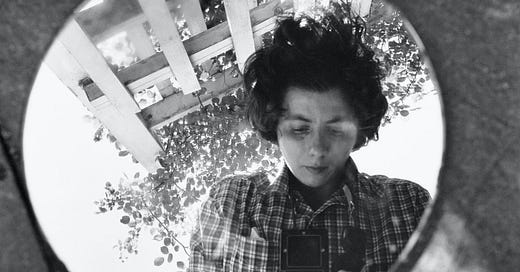




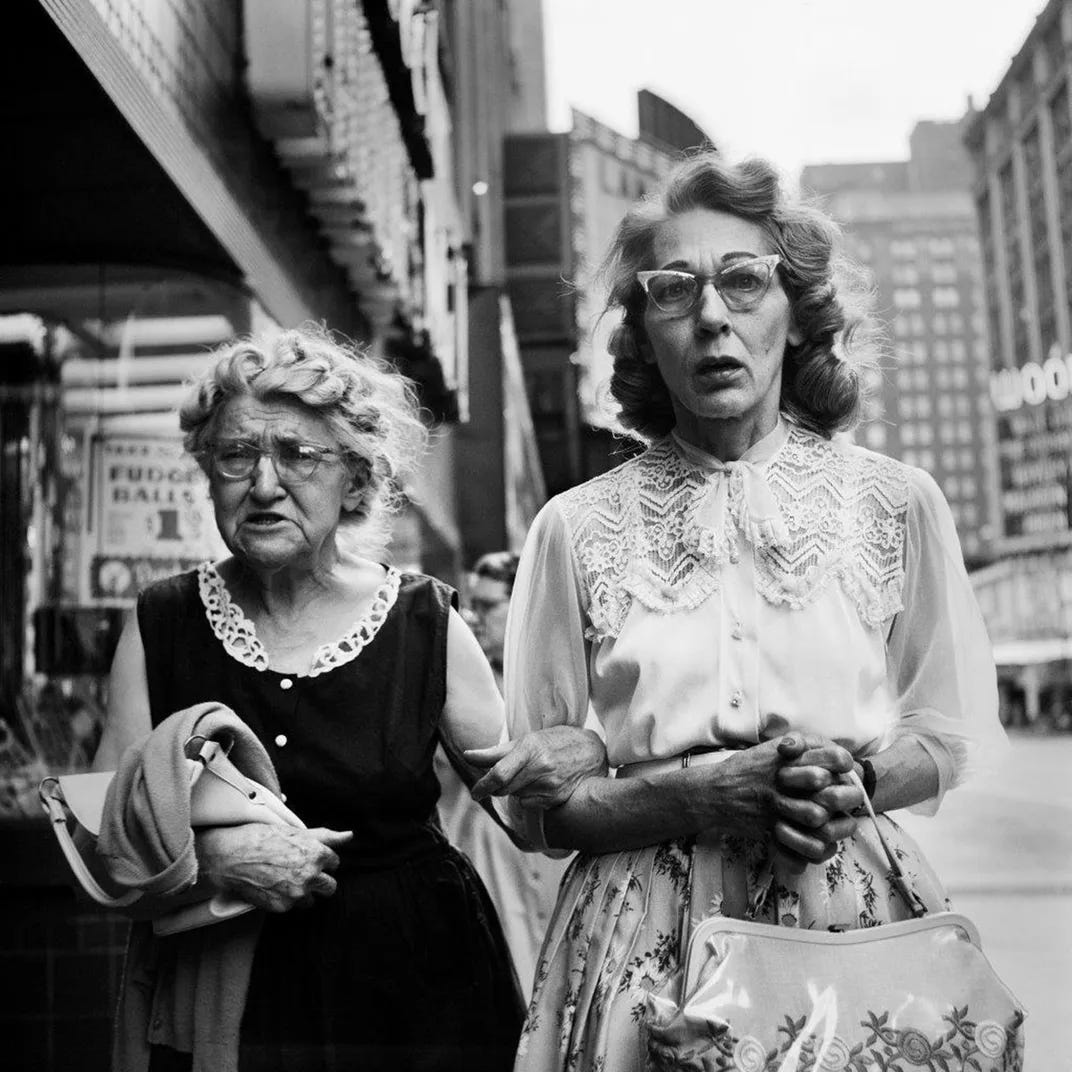
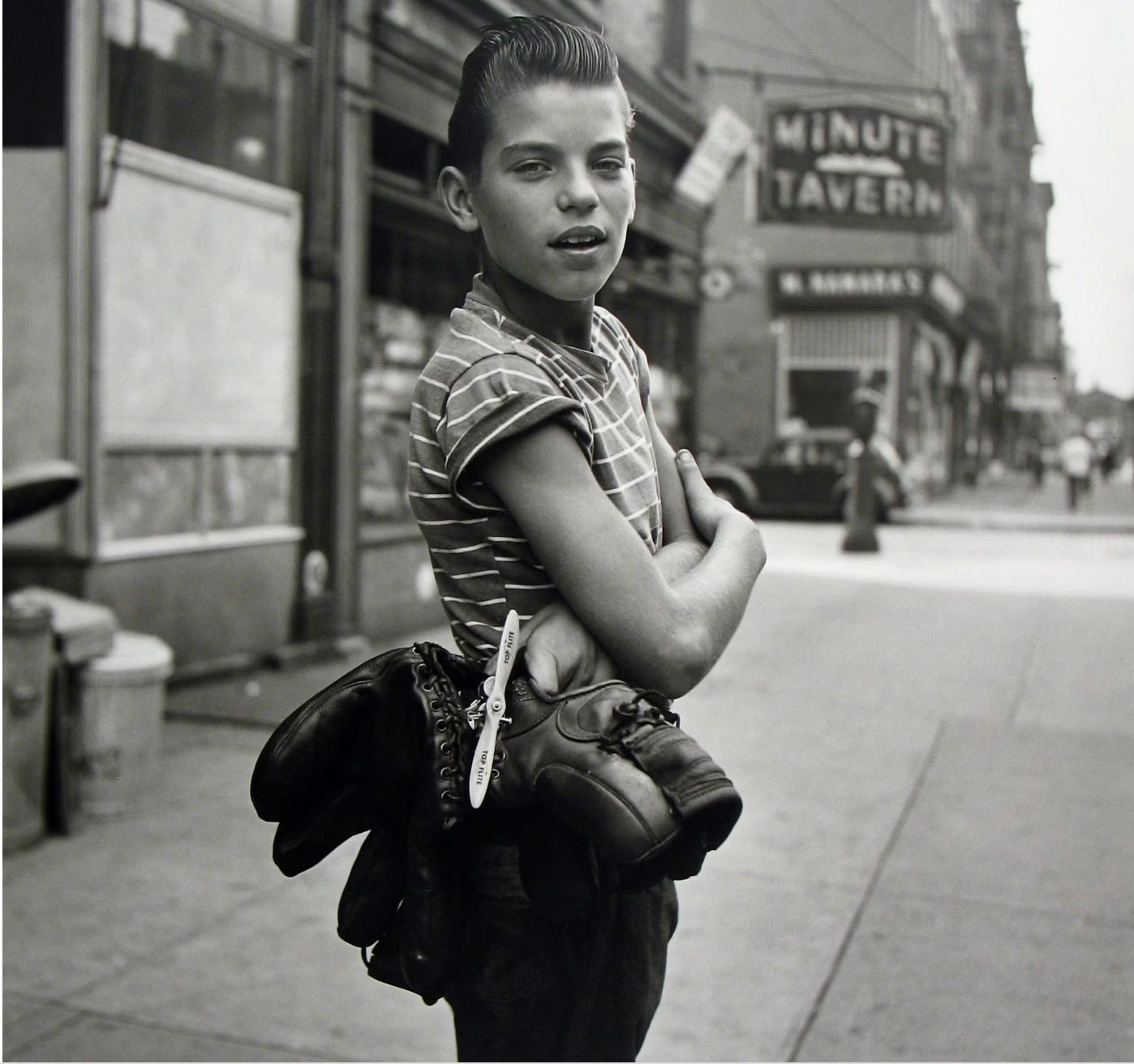
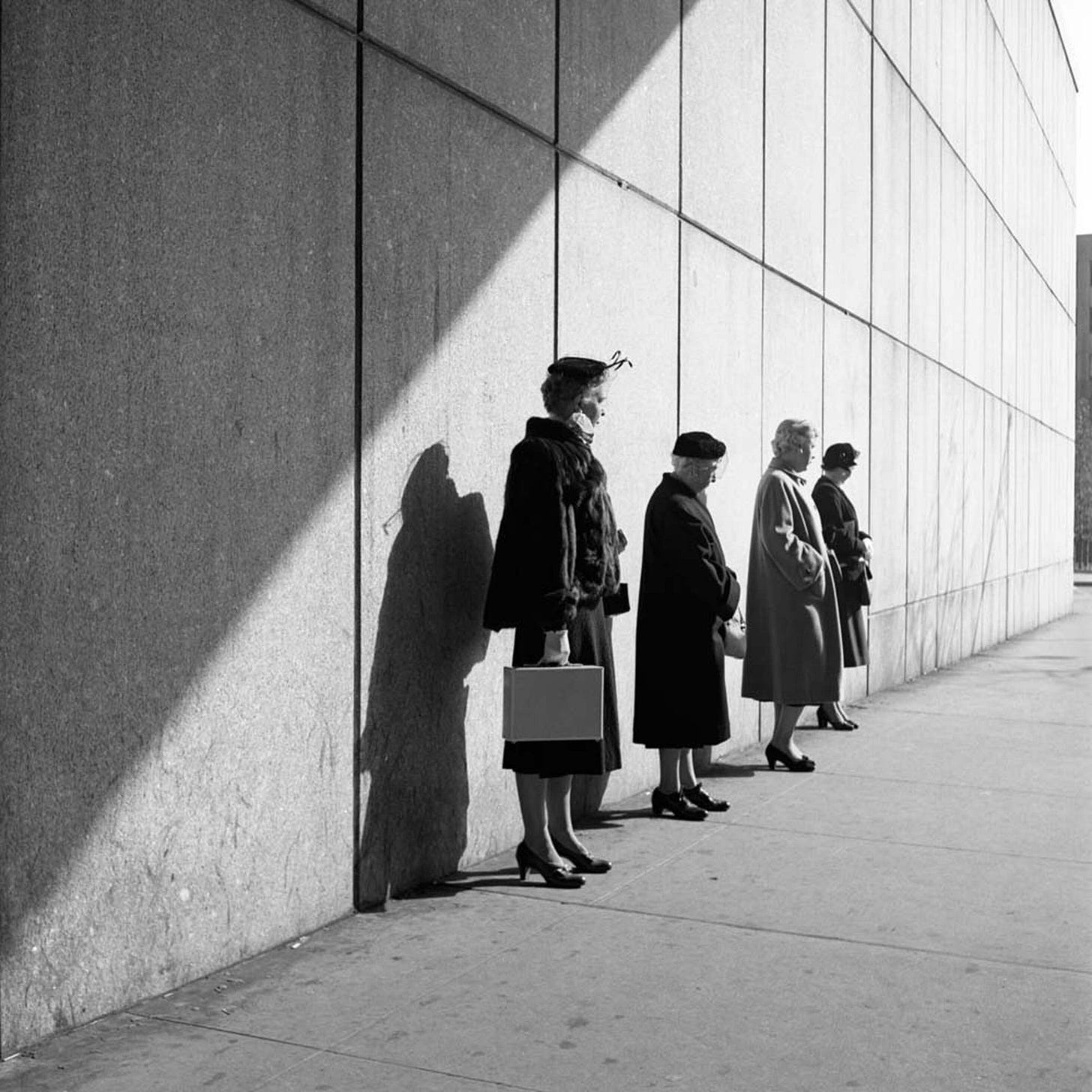
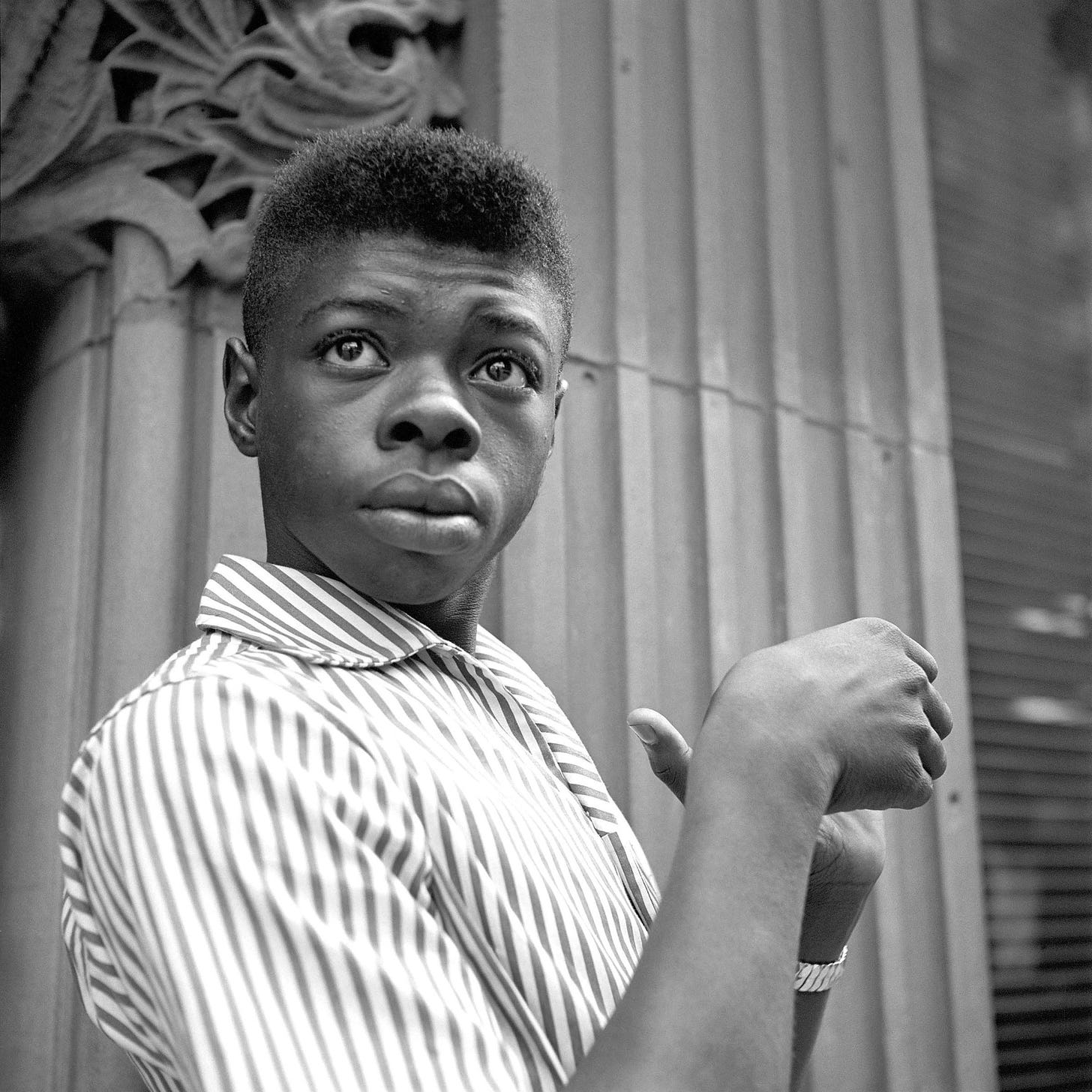
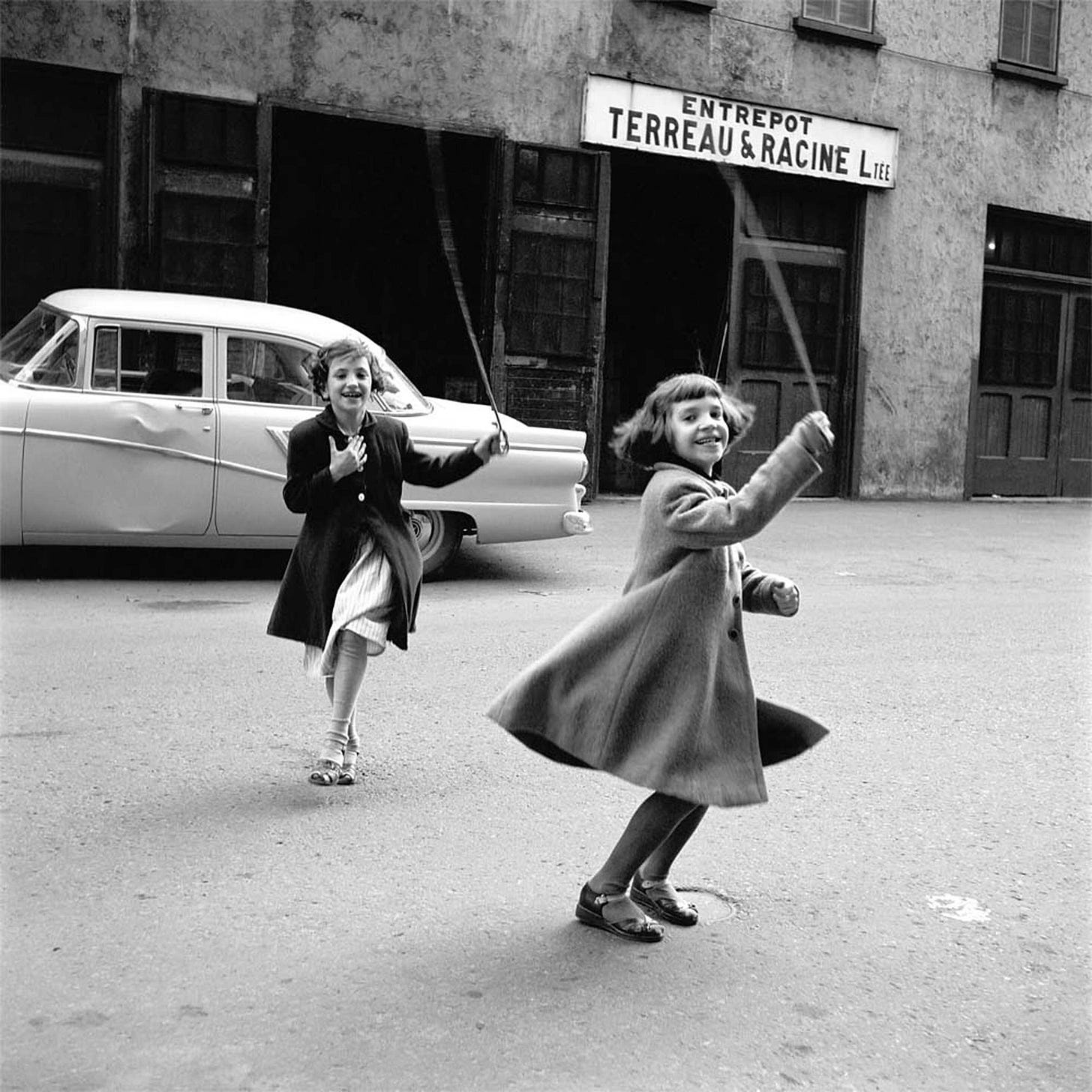
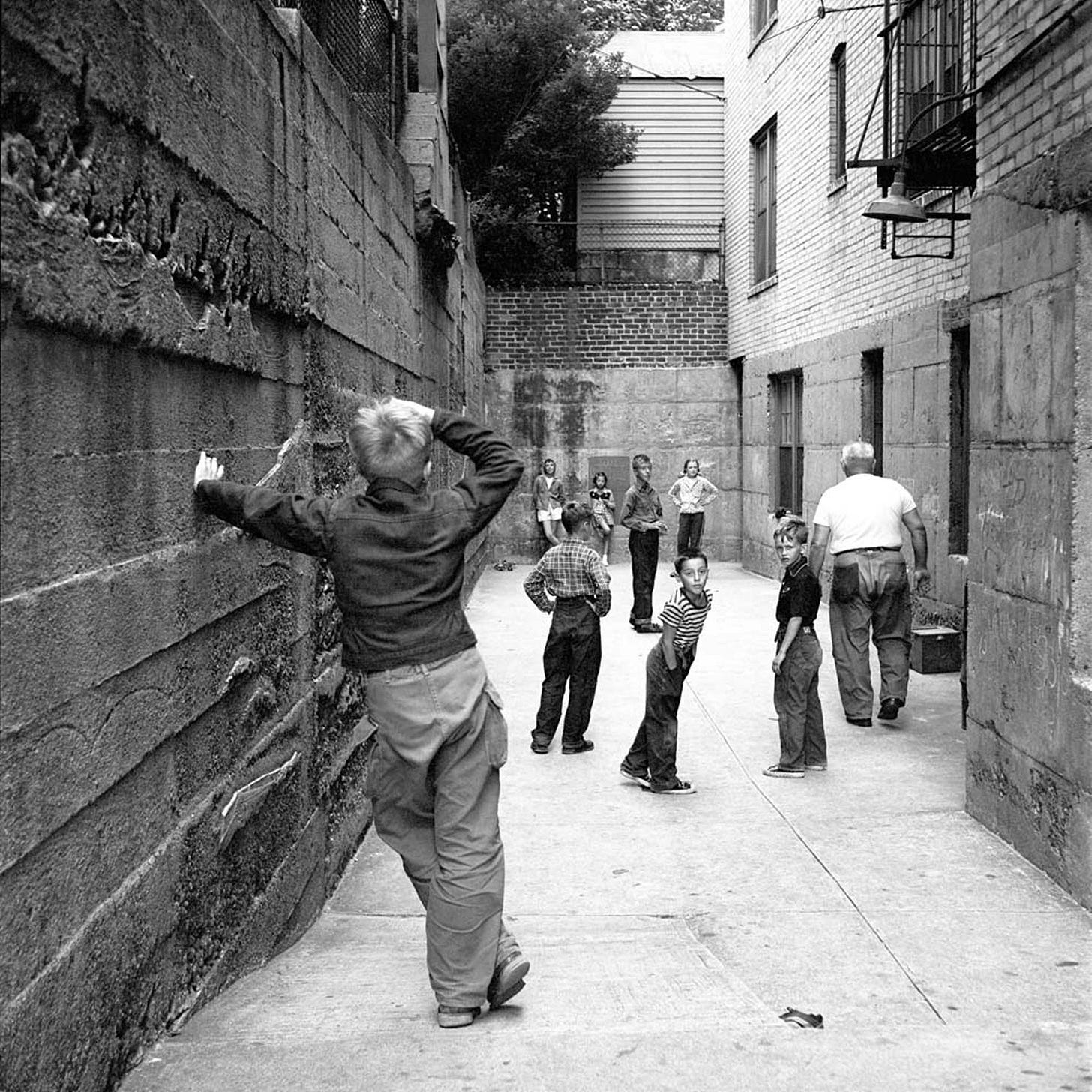
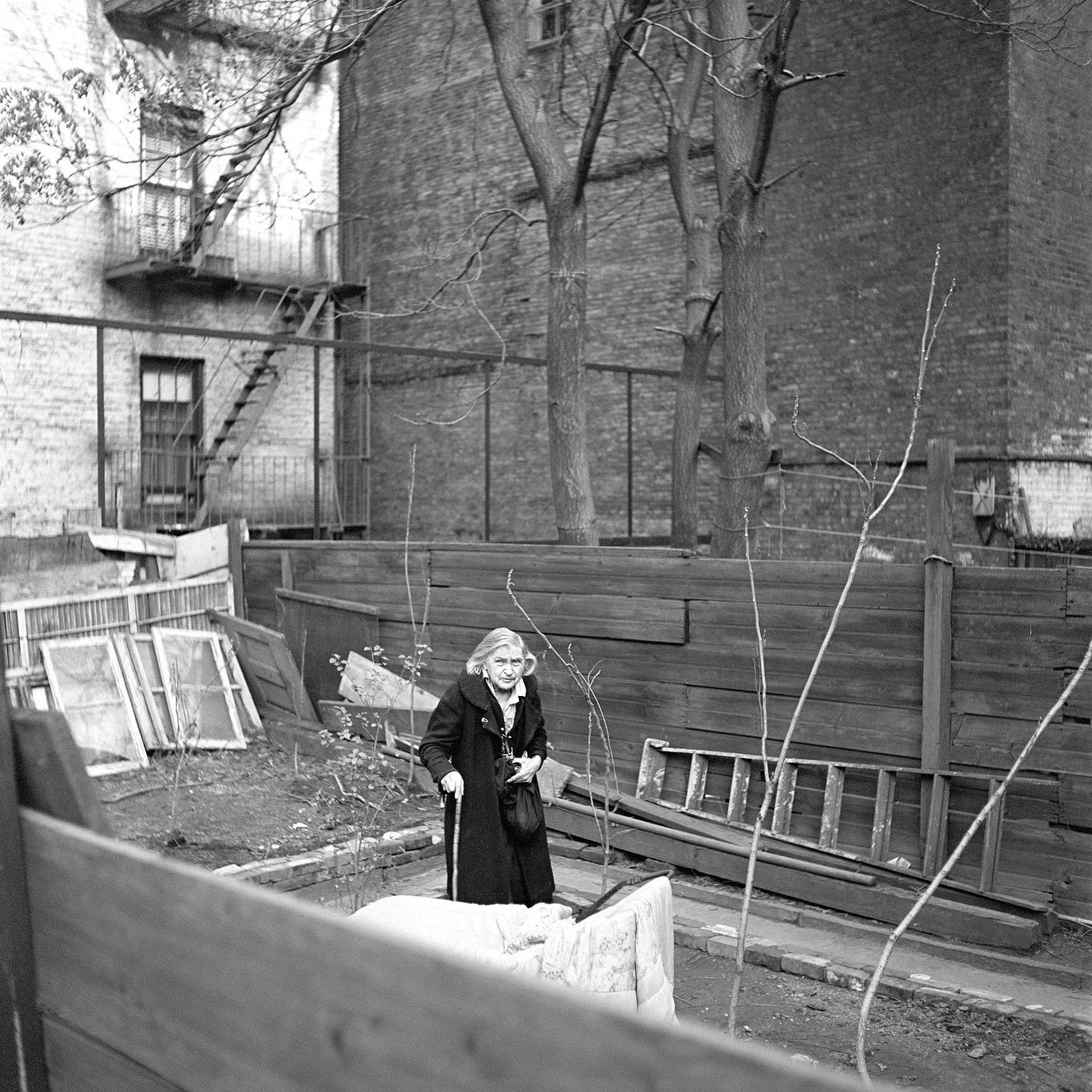
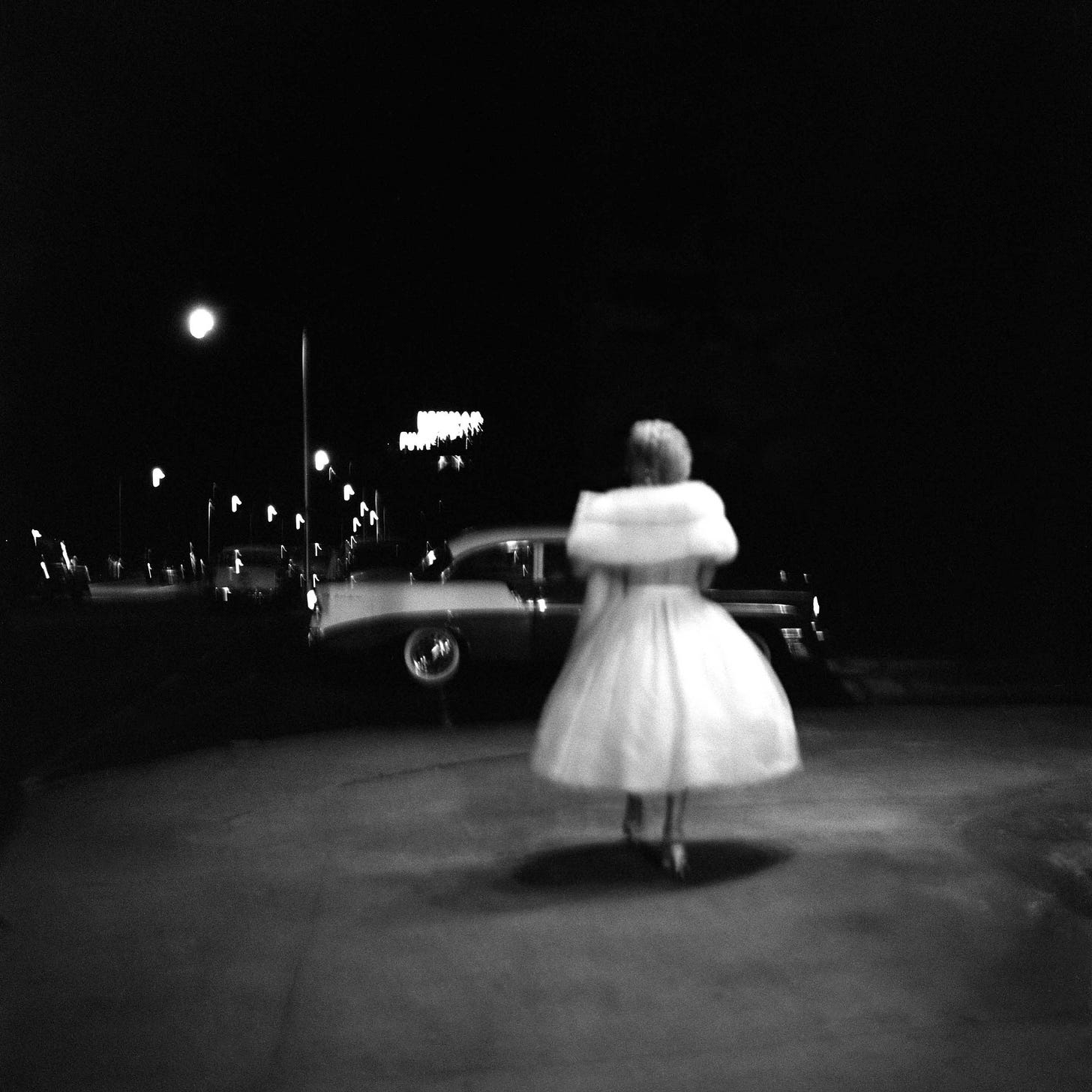
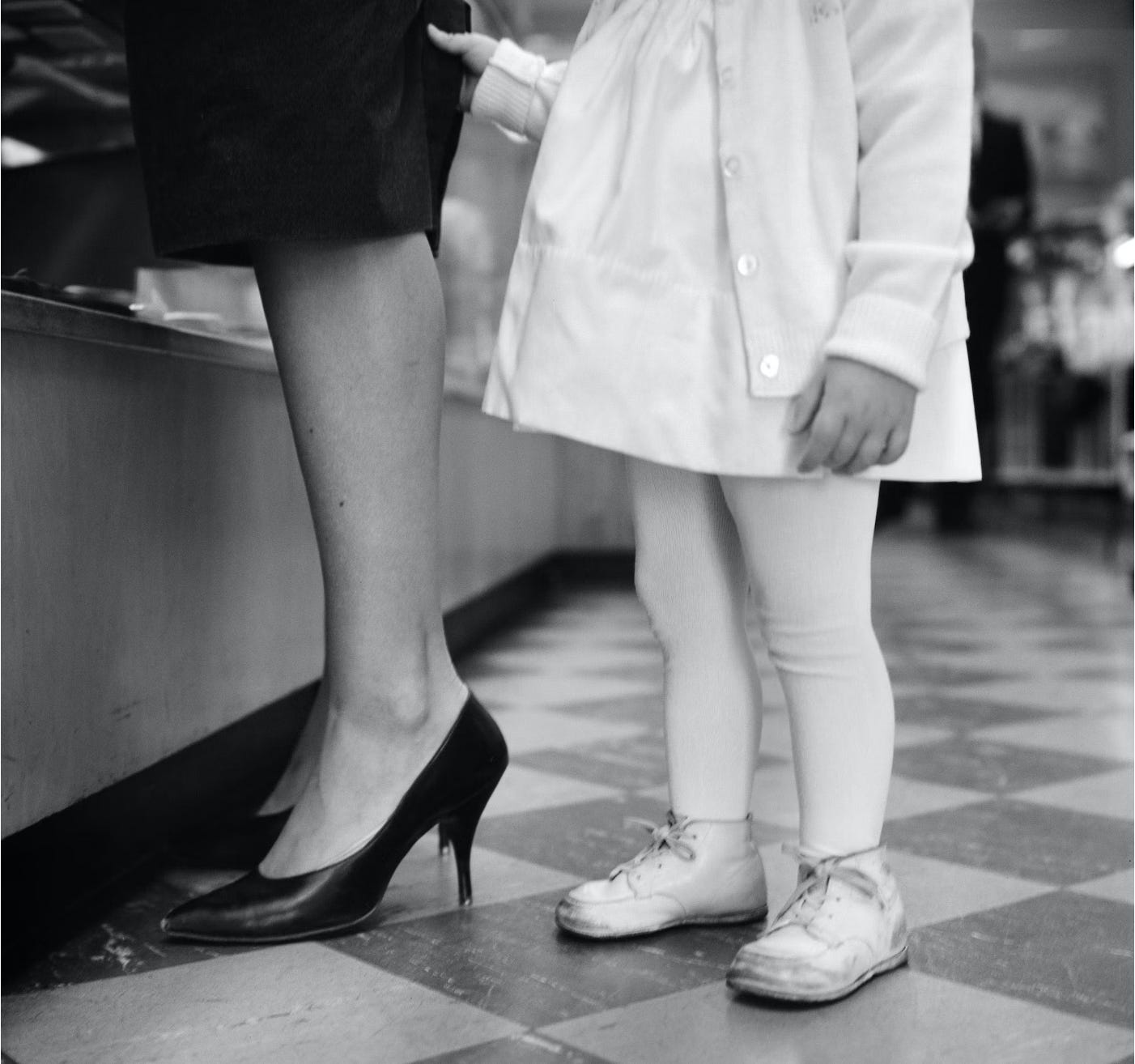
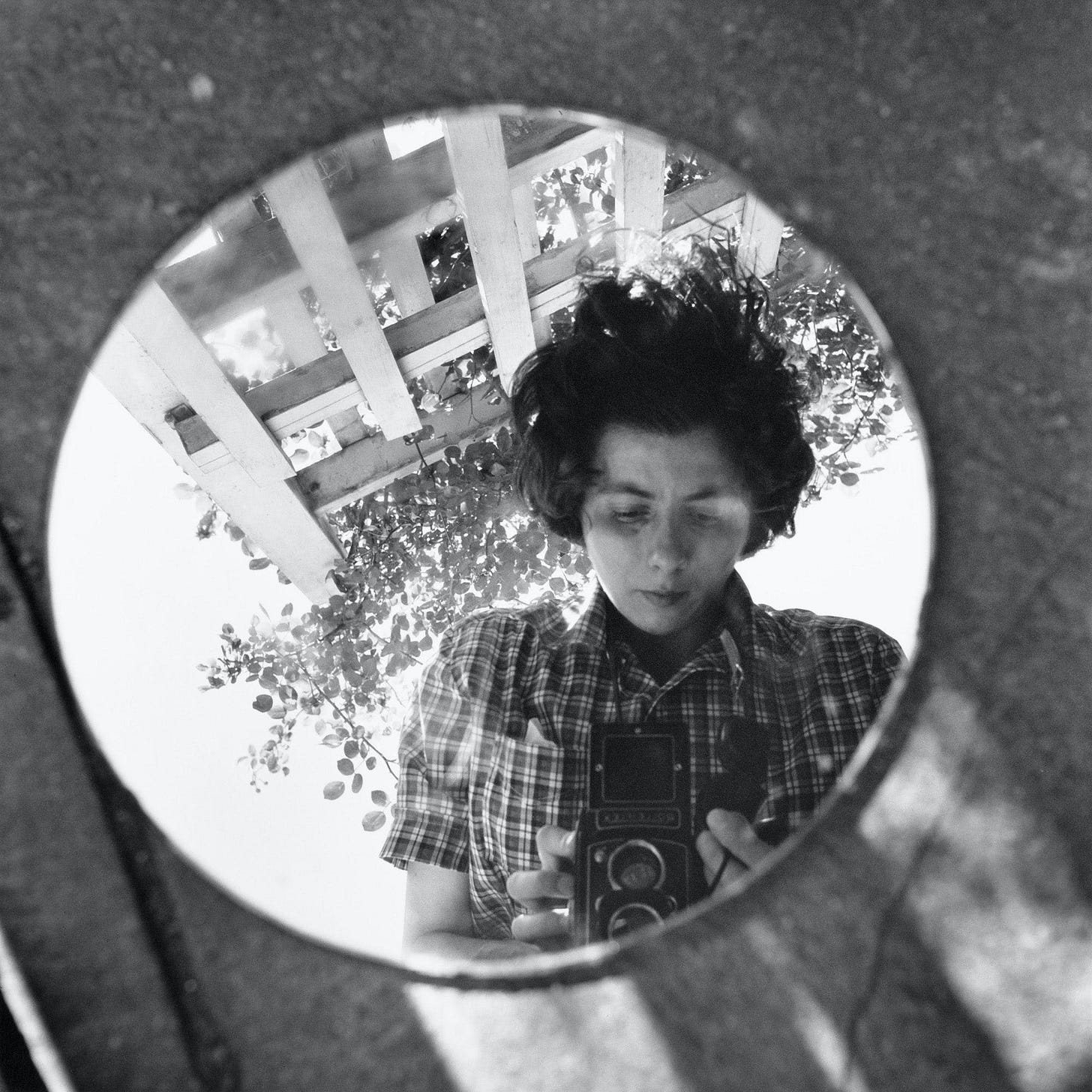
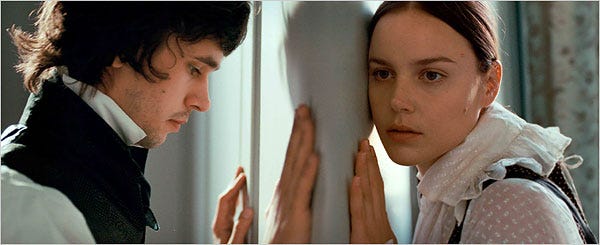
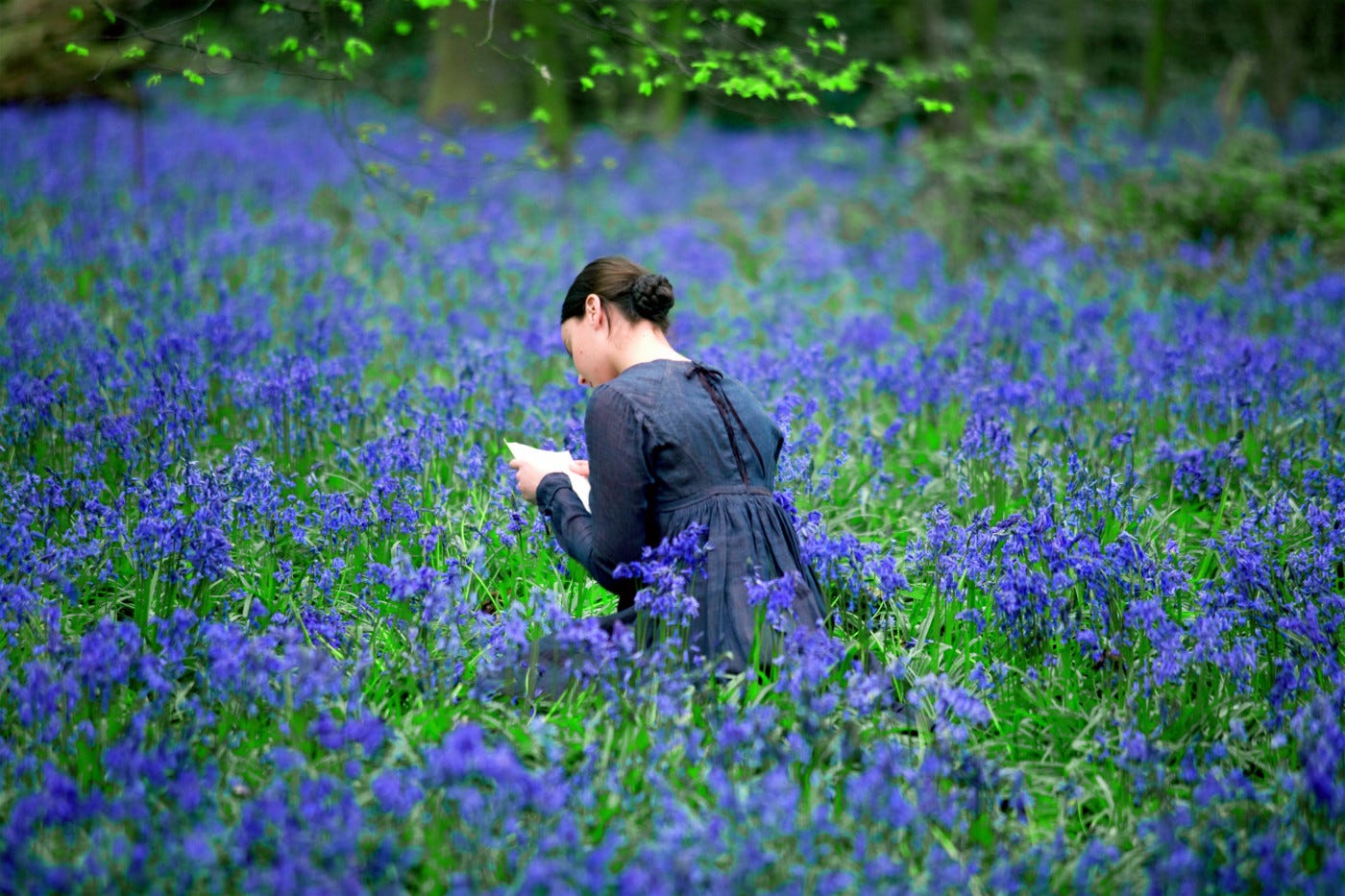
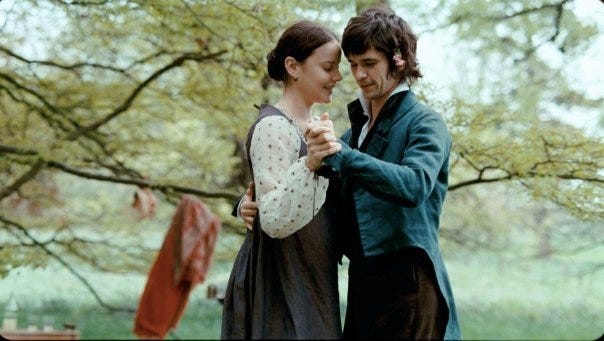

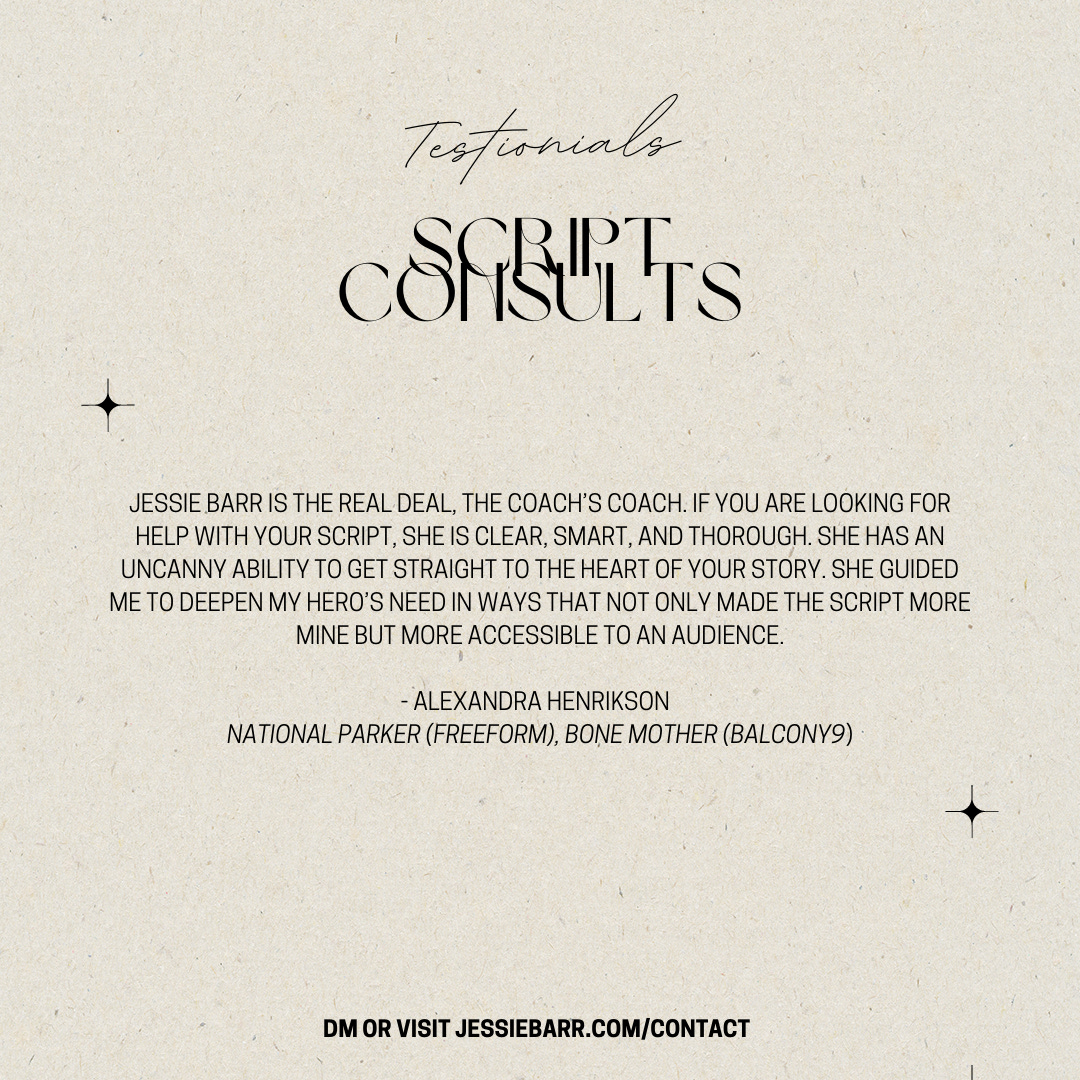

Great post, Jessie. Can we zoom sometime? I'd love to hear more about you and your projects.